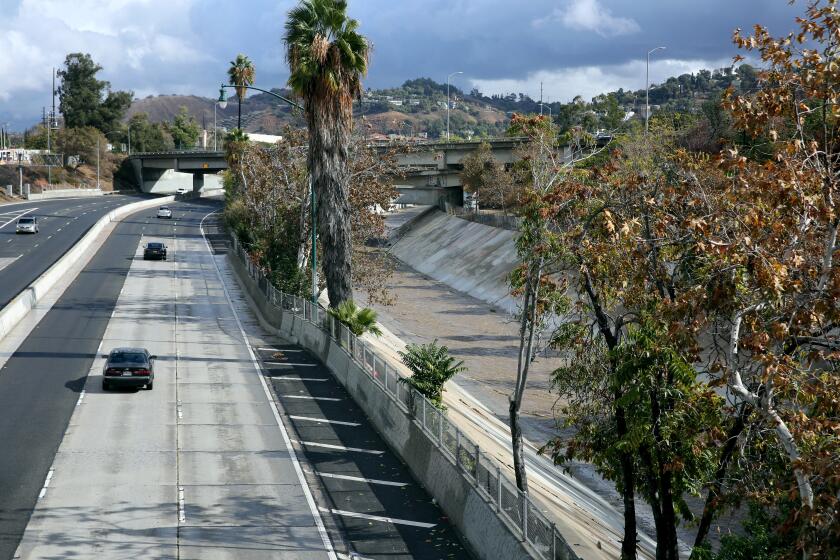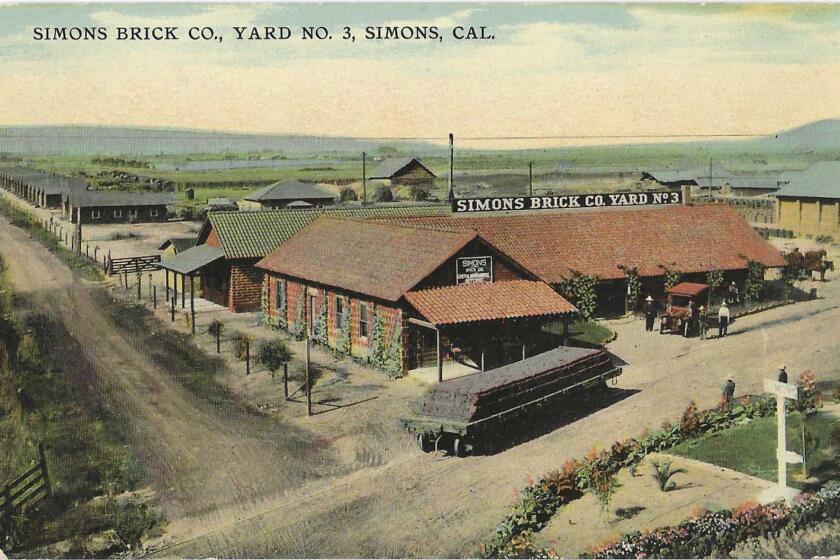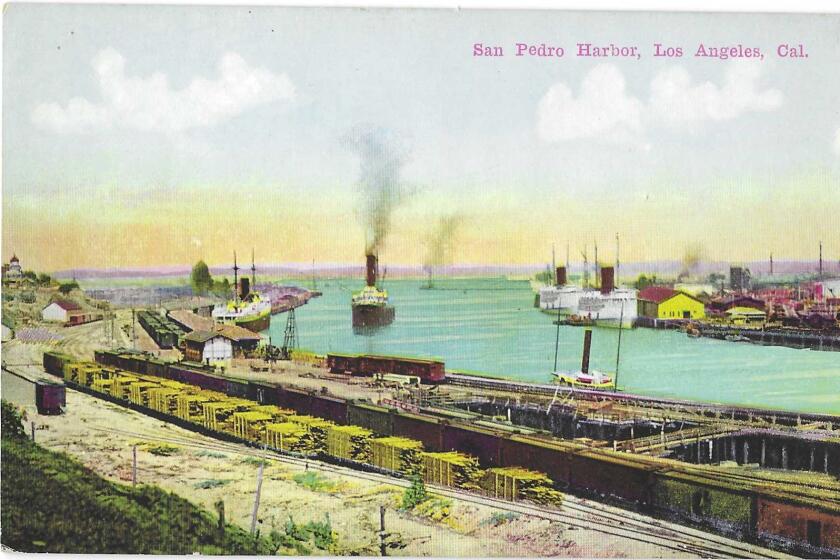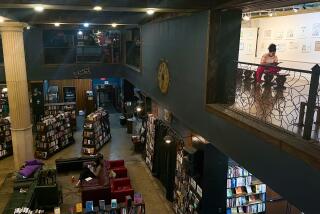San Pedro. Exterior. Dusk. Upton Sinclair arrested for reading the 1st Amendment
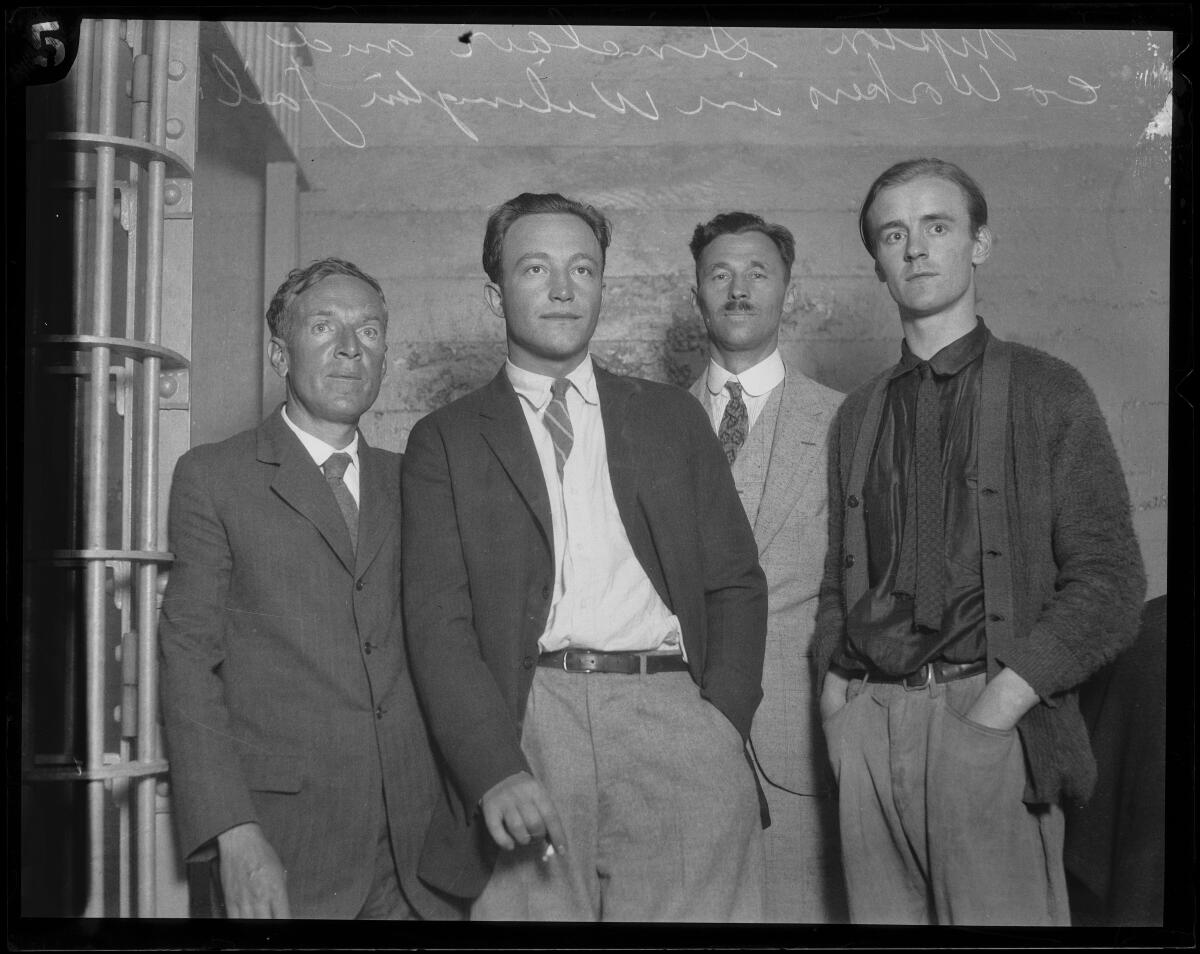
EXTERIOR. A SMALL HILL IN SAN PEDRO. TWILIGHT.
CAMERA follows several men breathing a bit hard as they climb to the flat top of a low hill on some bluffs above the Los Angeles harbor.
TITLE CARD May 1923.
UPTON SINCLAIR is a short-ish, middle-aged man in a suit, the celebrated socialist author of many books, including “The Jungle,” which provoked Congress and President Teddy Roosevelt to create landmark laws governing food and drugs. At the hilltop, SINCLAIR sees the POLICE, about 20 officers in LAPD uniforms. SINCLAIR takes a copy of the U.S. Constitution out of his pocket, and apologizes to the POLICE for the delay; the POLICE are clearly expecting him. So too is the CROWD of striking port workers and their supporters farther down the hill. There is only a narrow crescent moon in the sky, and the dim stars.
SINCLAIR
I have no light, and without light I cannot read the Constitution of the United States.
Get the latest from Patt Morrison
Los Angeles is a complex place. Luckily, there's someone who can provide context, history and culture.
You may occasionally receive promotional content from the Los Angeles Times.
HUNTER KIMBROUGH, a Mississippi aristocrat and Sinclair’s brother-in-law, dapper in a striped tie and white shirt, pulls a candle from his pocket, lights it and holds it at SINCLAIR’s side.
SINCLAIR
Friends, I did not come here to incite violence. I came here to uphold the right guaranteed by the Constitution of the United States. I am going to read from that Constitution. I will read from Article 1 of the amendments.
SINCLAIR opens a small book to a dog-eared page.
SINCLAIR
It says that Congress will make no law respecting an establishment of religion, or prohibiting the free exercise thereof, or abridging freedom of speech, or of the press, or the right of the people peaceably to assemble, and to petition the government for a redress of grievances.
A POLICE officer steps up to SINCLAIR’s side.
POLICEMAN
You’re under arrest.
SINCLAIR
I thank you.
As SINCLAIR is led away, KIMBROUGH snuffs out the candle, and steps up on a nearby bench.
KIMBROUGH
Friends, I want to read you something from the Declaration of Independence.
A second POLICE officer steps to his side.
SECOND POLICEMAN
You’re under arrest.
KIMBROUGH
I thank you.
And so it went on: a Santa Barbara man named Prynce Hopkins — the papers called him a “socialist millionaire” — stepped up on the bench next. He began to say that he had not come to incite violence when he too was arrested. Then Hugh Hardyman, a 20-year-old Englishman in a dark cardigan, stepped up on the bench. “Friends, this is a very pleasant evening, I think. It will be interesting to see how it will turn out. I am very happy to be here — “ Another policeman cut him off. “Are you trying to make a speech?” the officer demanded. “Why, yes —” said Hardyman. He was promptly arrested.
It really happened this way: One of the most dramatic and cinematic moments in Los Angeles political history took place a hundred years ago, on May 15, on a rise of land called Liberty Hill.
The freeways, the smog, the people, the culture, the intellect — nothing and no one is spared when it comes to people from New York and elsewhere insulting Los Angeles.
The episode — arresting men standing on private property trying to read the country’s founding documents aloud — put Los Angeles right in the slipstream of the biggest battle in the country at that moment: rising organized labor and civil rights movements versus government and private industry joining forces to suppress them.
Out of that moment a hundred years ago, the ACLU of Southern California was born.
As the Scopes trial would do two years later in Tennessee (where a high school teacher taught a class on evolution to force a court challenge to the state law banning it) Liberty Hill was a test case.
About 10 days before, police arrested about 30 leaders at a port workers’ strike meeting not far from Liberty Hill, for violating police orders not to gather on public property. One officer kicked a soapbox out from under a pastor who was standing on it speaking to the crowd.
The men were charged with blockading a street. And then several hundred men who had called for the work stoppage that was bottling up ships in the harbor were rounded up and held without bail in a specially built “stockade.”
The catch-all charge was a fairly new California felony banning “criminal syndicalism.” Syndicalism is a workers’ political movement to put business ownership into workers’ hands, but in California, its criminal application extended not just to actions, including peaceful picketing, but to teaching or advocating anything resembling it. The law was broadly used, often at the insistence of business owners, to prosecute not just true syndicalists, but also the many ordinary workers striking for better wages and working conditions — and a repeal of the syndicalism act. (It was ruled unconstitutional in 1968.)
L.A.’s mayor, George Cryer, thought this was fine: “They have been a constant source of trouble and annoyance and must be treated like other lawbreakers.” Translation: By organizing, demanding better wages and conditions, and striking, they are interfering with the untrammeled business of the moguls of this city, and the police force stands ready to protect private industry.
An LAPD captain named William Hynes, who would later run the LAPD’s “Red Squad,” had already infiltrated the striking port union, the “Wobblies,” and did it so effectively that he was made secretary of the strike committee. Business owners paid him generous “tips” for the union-busting he did as an on-duty cop, and his reputation as a strikebreaker was so formidable that out-of-town employers hired him and his squad to come to their towns and bust up their strikes too.
The day before the Liberty Hill incident, Sinclair and a delegation of what The Times snarkily called “well-to-do radicals from Pasadena” called upon the mayor to protest the mass arrests. When they raised the constitutional right to free speech and peaceful assembly, Cryer started pounding on his desk and raised his voice: “Too many of the foreigners who come here yap about their constitutional rights and forget their constitutional duties.”
Then he handed it off to the police chief, Louis Oaks. A few hours before Sinclair’s party made the climb to Liberty Hill, it met with Oaks and laid before the chief a letter from Minnie Davis. Liberty Hill was hers, and she had granted the group permission to speak there.
The chief wasn’t buying it. “Constitution or no constitution, you are not going to speak in San Pedro,” is how Sinclair recalled it. Oaks’ captain, Clyde Plummer, jumped in. “You can’t stand there and hand me that constitution stuff.” It was Plummer who reportedly personally pulled Sinclair off his speaking perch by the collar.
Sinclair left to speak to his lawyer, and soon came back. “Well, we’ve decided we want to be arrested,” Sinclair said. The chief told him that “If you speak you’ll go to jail, and without bail.” And thus the evening unfolded.
Sinclair and his three friends were held incommunicado for almost a day, shuttled around the city and into arraignment court on the QT, as rumors spread that they had been “disappeared.” They were released within a few days and charges were dropped.
For Labor Day, a look at company towns and socialist labor utopias in Southern California, as well as when L.A. almost elected a socialist mayor.
The IWW, the International Workers of the World, the “Wobblies,” was the most aggressive and radical of the unions operating in the late 19th and early 20th century. In the spring of 1923, with many of its maritime union leaders behind bars, the port strike fizzled, and soon, the IWW did too. But West Coast port workers eventually organized into the modern-day ILWU.
Los Angeles’ business leadership, captained by the Merchants & Manufacturers Assn., the M&M, had for the moment won the day as an open-shop, anti-union city. Unlike San Francisco, Los Angeles had firmly planted its flag as a city hostile to organized labor, and at the turn of the 20th century, wages here were as much as 30% lower than they were for the same jobs in the Bay Area.
The Times led the crusade. Its first publisher, Harrison Gray Otis, fulminated against the typesetters’ union trying to organize Times workers. Otis editorialized in favor of a posse “armed with pick handles that would drive the lawless union laborites, closed shop, murderous vermin into the sea.”
In the years before World War I, workers nationwide were pushing to organize. Los Angeles brewery workers went on strike for better wages. California women had just gotten the vote, and were using it for progressive causes. A socialist named Job Harriman ran a formidable campaign for mayor of Los Angeles.
But a fatal bombing of The Times in 1910 set the entire labor movement back on its heels and energized the M&M for years. The bombers’ guilty plea blindsided those who had believed in their innocence — including one of their attorneys, Harriman.
By 1918, the Great War was over, but the country stayed on a war footing internally. Domestic anarchists, immigrants, labor activists, antiwar protesters, socialists and progressives were all conflated into one domestic enemy, the un-American “other.” And Los Angeles, in many ways, was the tip of the spear for such politics.
When you think about it, it doesn’t make much sense for 1890s L.A. to put its port all the way in San Pedro. This is the story of how that came to be — and not the competing alternative, Santa Monica.
In 1934, with California in the chokehold of the Depression, Sinclair ran for governor. He won the Democratic nomination with his EPIC campaign — End Poverty in California — advocating old-age pensions and a state-operated collective economy to create jobs for the millions of unemployed.
Greg Mitchell’s fine book “The Campaign of the Century” details how the GOP establishment, newspapers and movie studios joined forces to make sure Sinclair lost. MGM, for example, took a day’s pay from every employee, even actors, to “donate” to Sinclair’s Republican opponent. MGM also produced bogus newsreels — using MGM talent and even extras portraying supposedly ordinary voters — to tar Sinclair’s politics. One newsreel played on the fears of an invasion of the unemployed into California — think “The Grapes of Wrath” — showing men climbing out of train boxcars and advancing into California to take up what the viewer was supposed to assume was permanent, tax-sucking residence. Sinclair lost the election to the incumbent Republican.
In 1976, the bicentennial year, philanthropist and activist Sarah Pillsbury co-founded the Liberty Hill Foundation here. She was living in the East when she read liberal author Carey McWilliams’ book, “An Island on the Land,” about Southern California as the place on the edge of history, and she agreed. “I felt if real change was going to happen in this country, it had to pass through Los Angeles. And I liked the Beach Boys.”
For the foundation, it wasn’t enough to redistribute wealth, “but you have to redistribute the power.”
“Back then, 90% of the giving in L.A. was to bricks and mortar. If you couldn’t chisel your name on it, [charities] didn’t want to do it.”
From the outset, the foundation asked community groups and activists what they needed to make their work effective, “challenging the power structures that affected their lives.”
So the foundation made grants to Mothers of East L.A. and to Compton citizens’ groups trying to stop toxic sites, to locals trying to get open space in poor neighborhoods. They made grants to groups helping homeless women, to grassroots drug abuse programs and living wage campaigns and to work for accessible banking.
Pillsbury visited the Liberty Hill site in 1998, for the event’s 75th anniversary. There’s a state historic marker there, and, on the spot where, in May 1923, free speech was criminalized, an official government building — the Port of Los Angeles Liberty Hill Plaza.
Explaining L.A. With Patt Morrison
Los Angeles is a complex place. In this weekly feature, Patt Morrison is explaining how it works, its history and its culture.
More to Read
Start your day right
Sign up for Essential California for news, features and recommendations from the L.A. Times and beyond in your inbox six days a week.
You may occasionally receive promotional content from the Los Angeles Times.
